Small bedrooms can be tricky — they demand creativity, functionality, and just the right balance of comfort and design. But here’s the truth: a small bedroom doesn’t have to feel cramped or cluttered. With clever styling, you can transform even the tiniest space into a cozy retreat that feels calm, open, and inviting.
Whether you’re working with a compact city apartment, a guest room, or a cozy attic nook, these 13 bedroom ideas for small rooms will help you maximize space without compromising on style or personality.
1. Choose a Light and Airy Color Palette
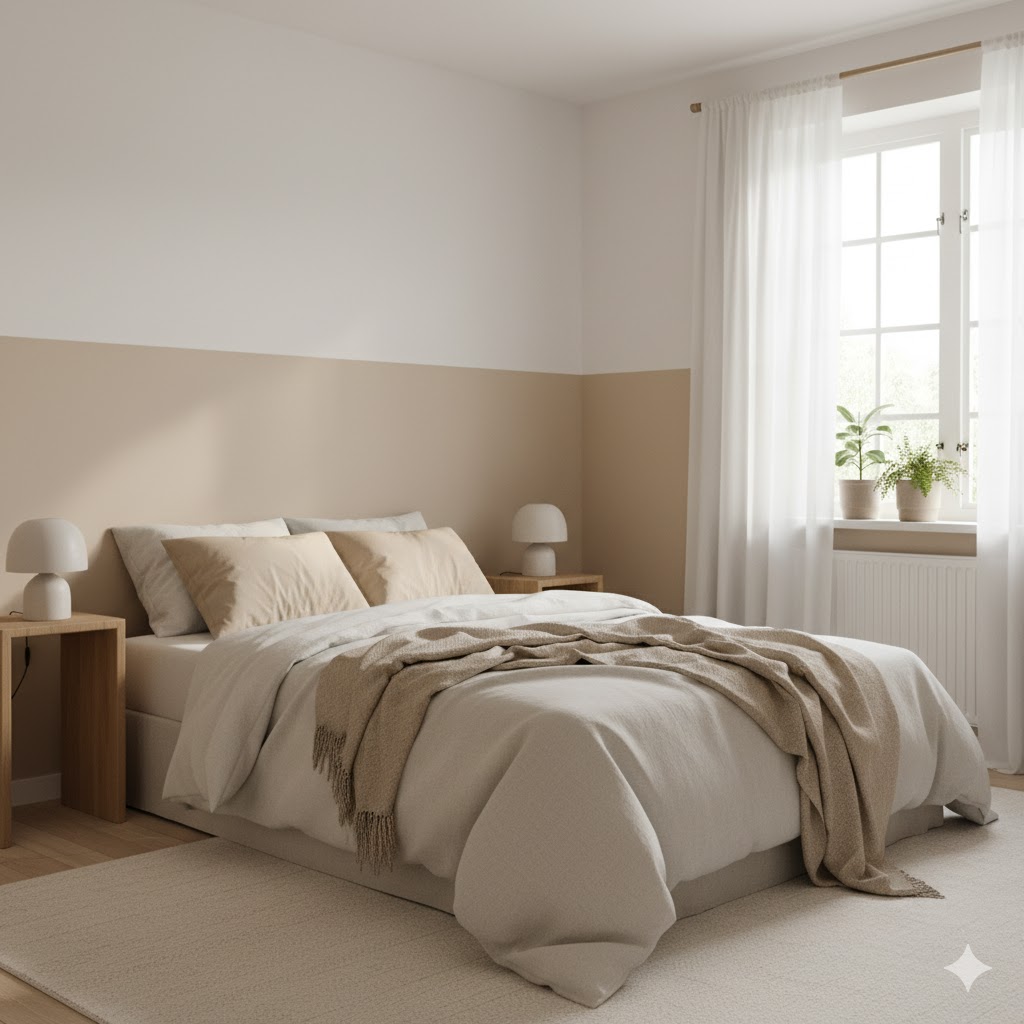
Light colors create the illusion of space. Whites, creams, pale greys, and muted pastels help bounce light around, making your room feel more open and restful.
If you want warmth, try layering tones — for example, warm white walls, a beige throw, and natural wood accents. Keep bold colors for accents like pillows or artwork, so the overall vibe stays bright and uncluttered.
2. Opt for Multi-Functional Furniture
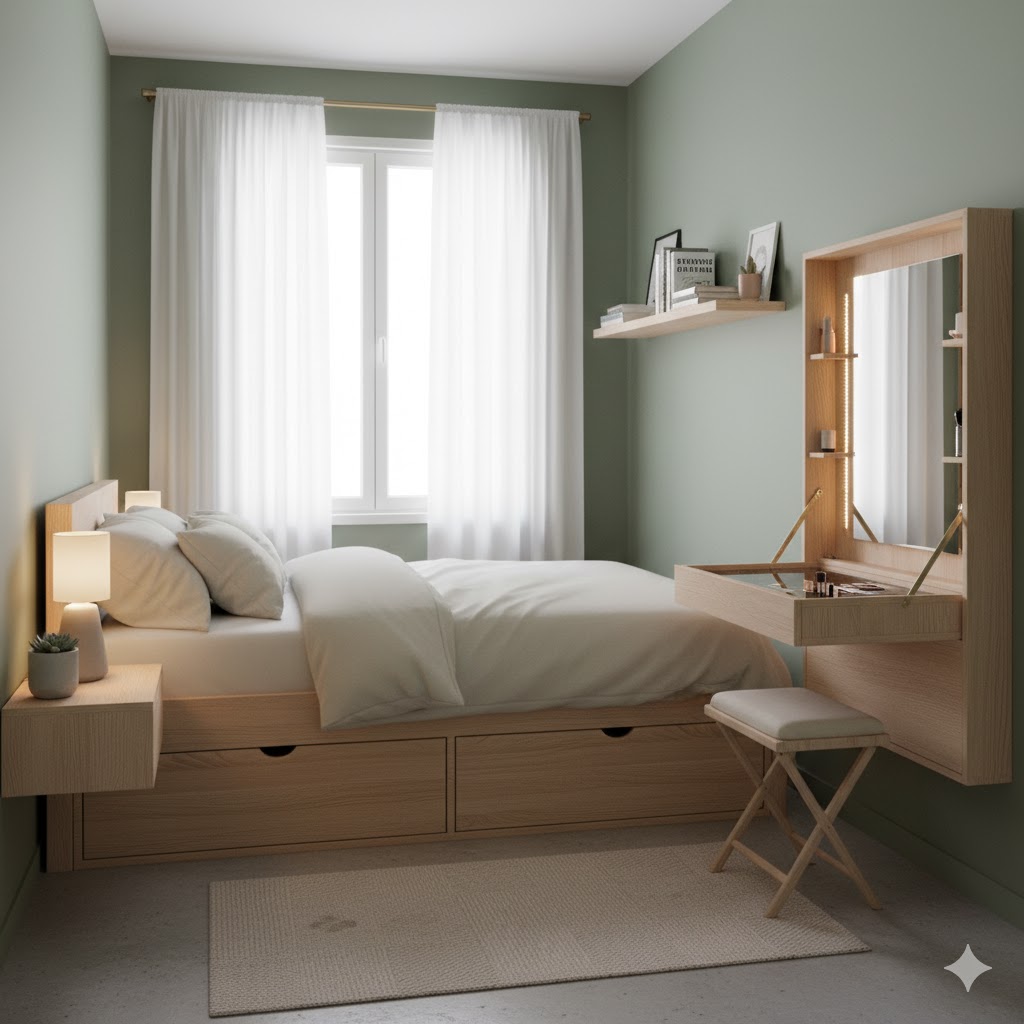
When space is tight, every piece of furniture should earn its keep. Look for beds with built-in drawers, ottomans with storage compartments, or wall-mounted desks that can fold away.
Multi-functional furniture keeps the floor open and the room visually lighter. A great tip: replace bulky dressers with tall vertical storage that makes use of height instead of width.
3. Go Vertical With Storage
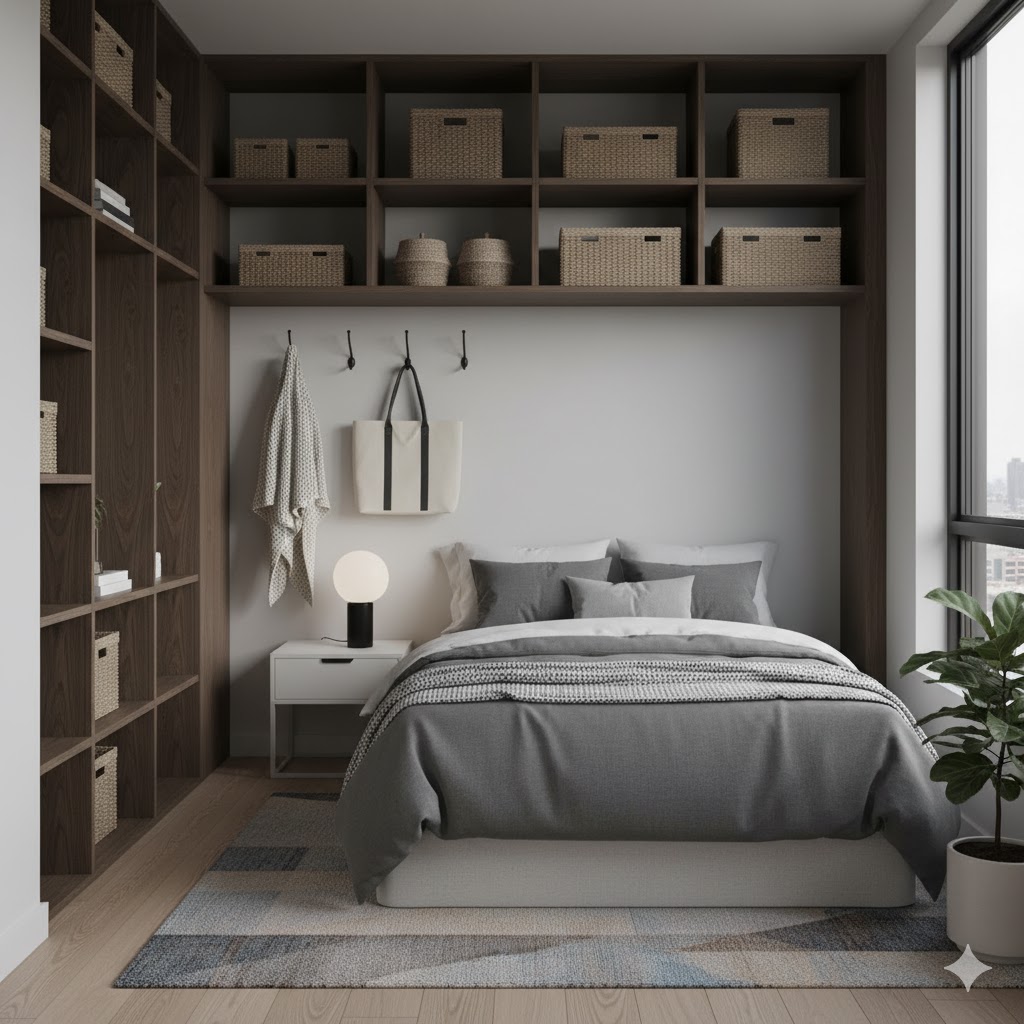
Think up, not out. Wall shelves, peg rails, and tall wardrobes draw the eye upward, making your small bedroom feel taller.
Use floating shelves for books and plants, and add hooks on the wall for hats, scarves, or bags. Vertical design helps reduce clutter and keeps essentials within easy reach while freeing up valuable floor space.
4. Bring in Mirrors for Light and Depth

Mirrors are a small-space secret weapon. They reflect light, expand sight lines, and make a room appear larger than it is.
Place a tall mirror opposite a window to amplify natural light or use mirrored wardrobe doors for a sleek, space-saving look. Even a small round mirror above a dresser can make a big difference in how open the room feels.
5. Minimize the Bed Frame
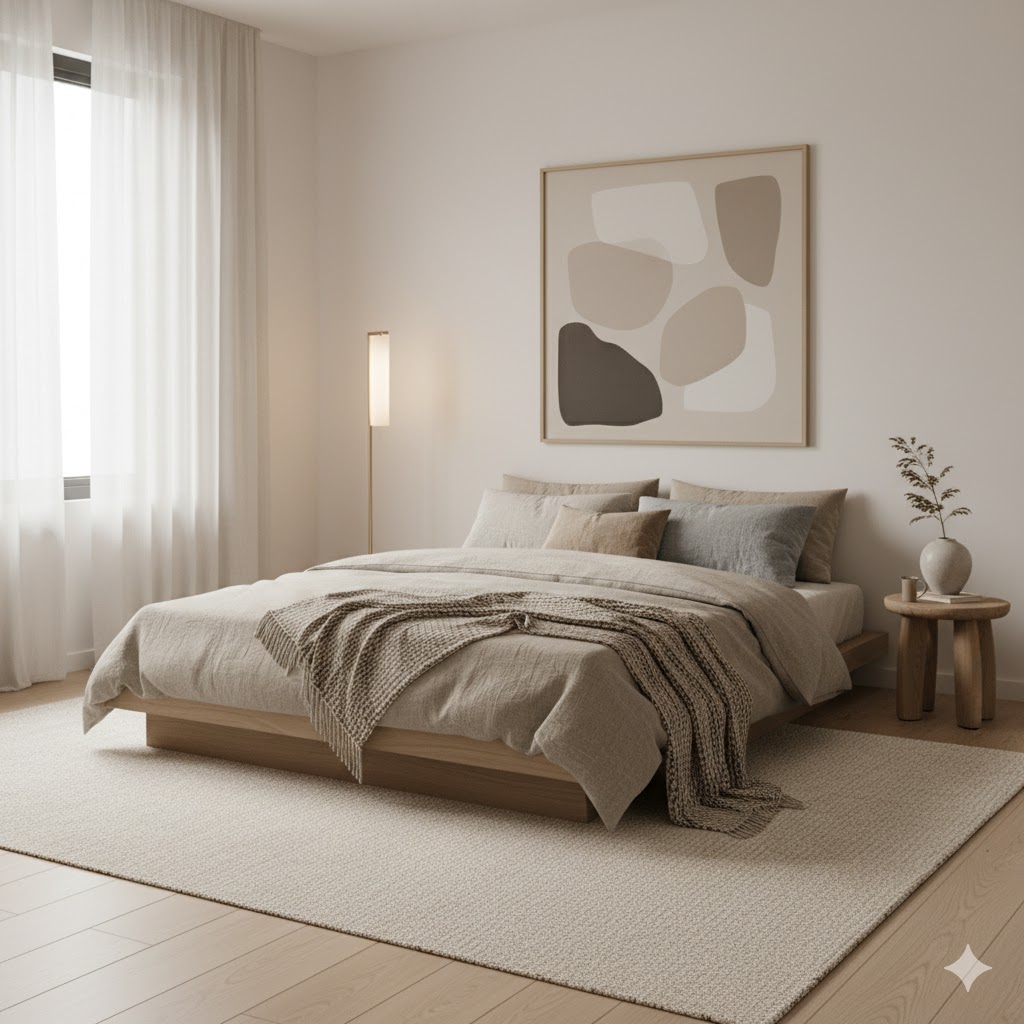
Chunky bed frames eat up space visually. Instead, opt for a platform bed, a floating bed, or even a futon-style mattress with clean lines.
Low-profile beds create more vertical breathing room, giving the illusion of higher ceilings. You can balance the look with oversized pillows or a cozy textured rug for comfort.
6. Keep the Clutter Away
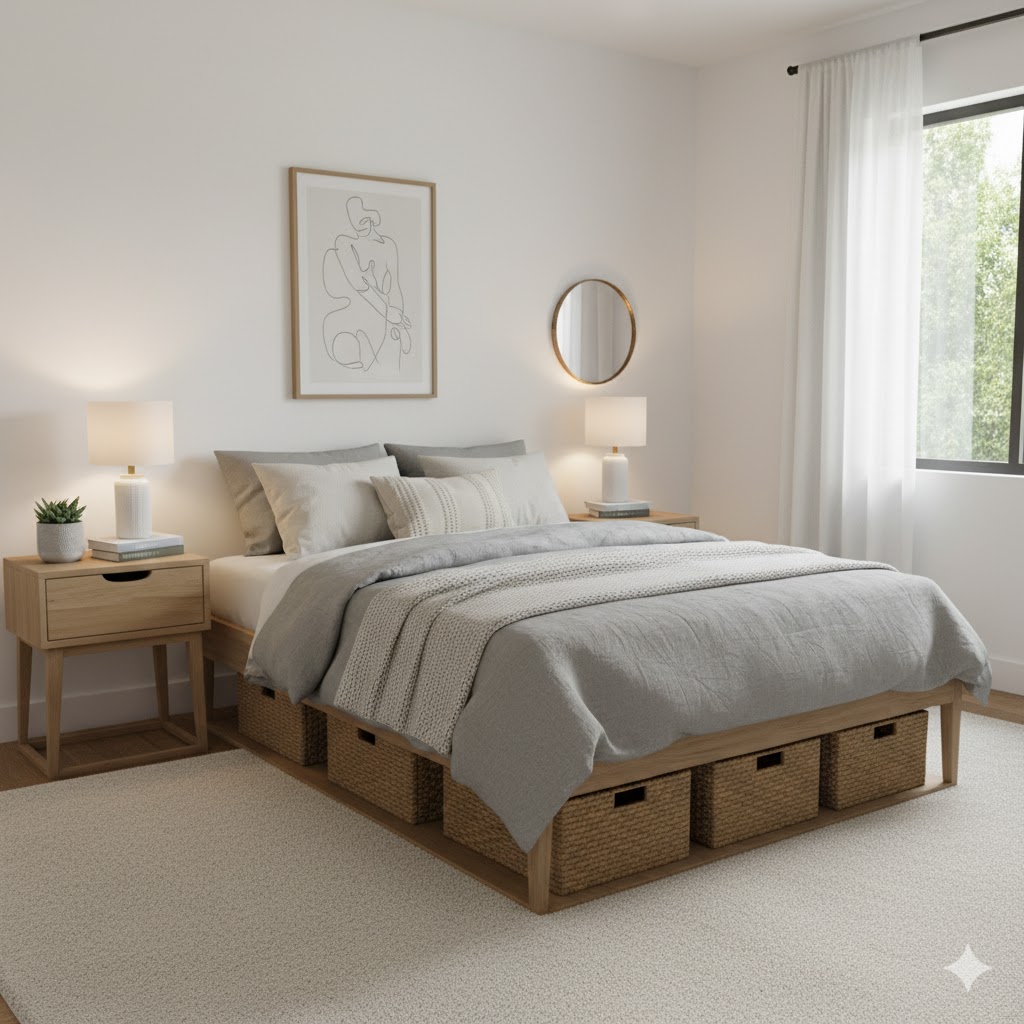
In a small bedroom, clutter is your biggest enemy. Keep surfaces clear and décor minimal.
Use matching baskets under the bed for hidden storage, or place small organizers inside drawers to keep things tidy. Adopt a “one in, one out” rule for clothing and accessories to prevent overcrowding.
7. Use Wall-Mounted Lighting
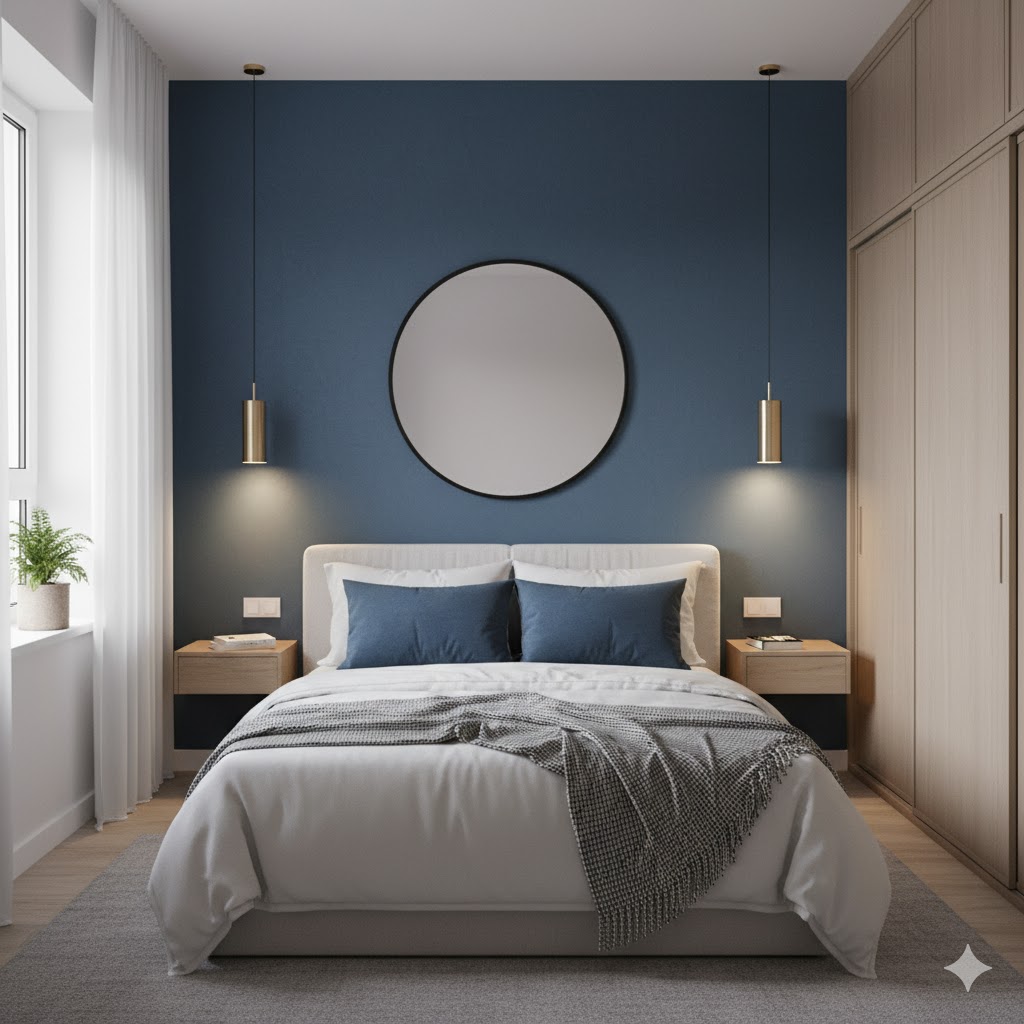
Skip table lamps — they take up too much space. Instead, use wall sconces or pendant lights for bedside illumination.
It not only saves surface area but also gives your room a designer touch. Opt for adjustable arms or swing lamps if you like reading in bed.
8. Create a Focal Point
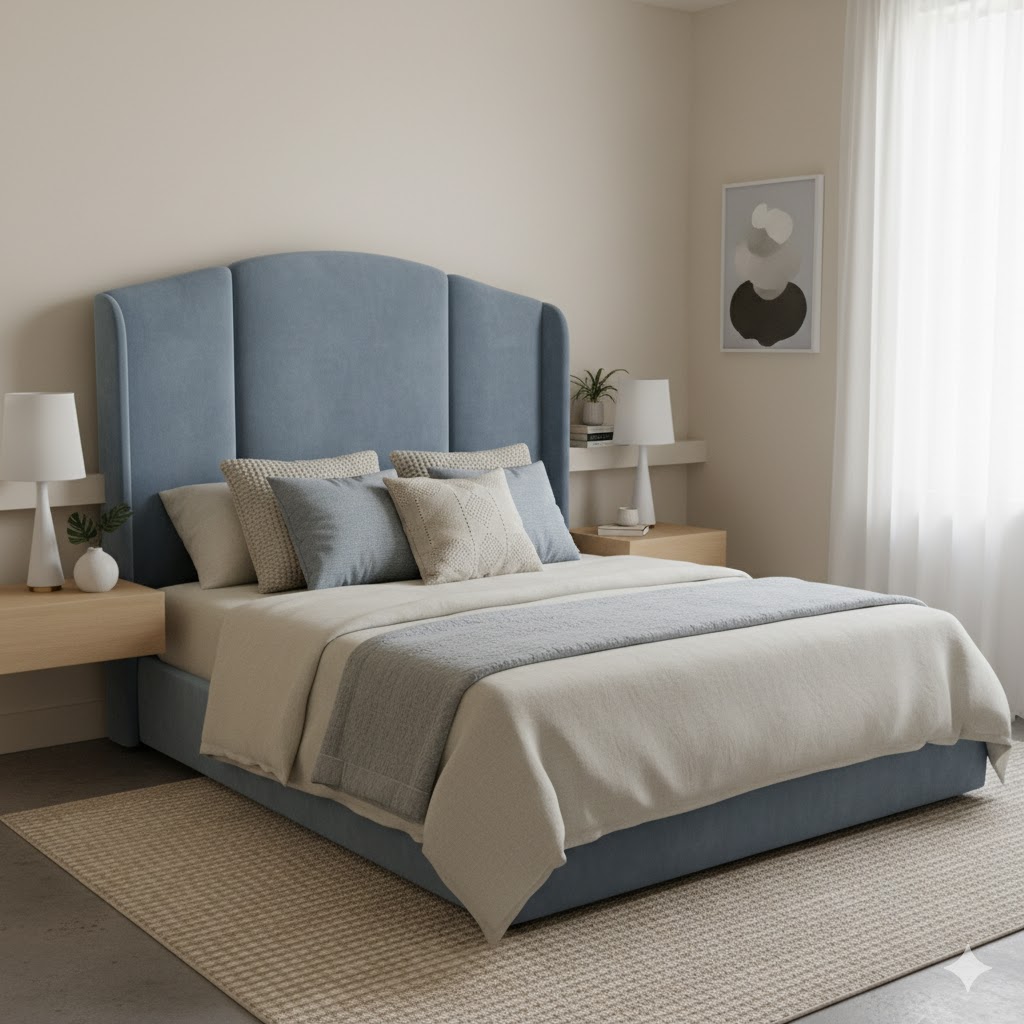
Even the smallest bedroom deserves a wow moment. Choose one standout feature — a headboard, an accent wall, or an art piece — to draw attention and create a sense of intention.
Keep the rest of the room minimal to let the focal point shine. For instance, a bold headboard against a white wall instantly transforms a tiny space into something special.
9. Play With Soft Textures

Texture adds warmth and personality to small spaces. Since you’re working with limited square footage, use tactile materials like linen, velvet, and cotton to bring visual comfort.
Layering soft textures — like a cozy blanket over crisp sheets or a wool rug under the bed — creates that irresistible “nest” feeling that makes even a tiny room feel luxurious.
10. Choose Sliding or Pocket Doors
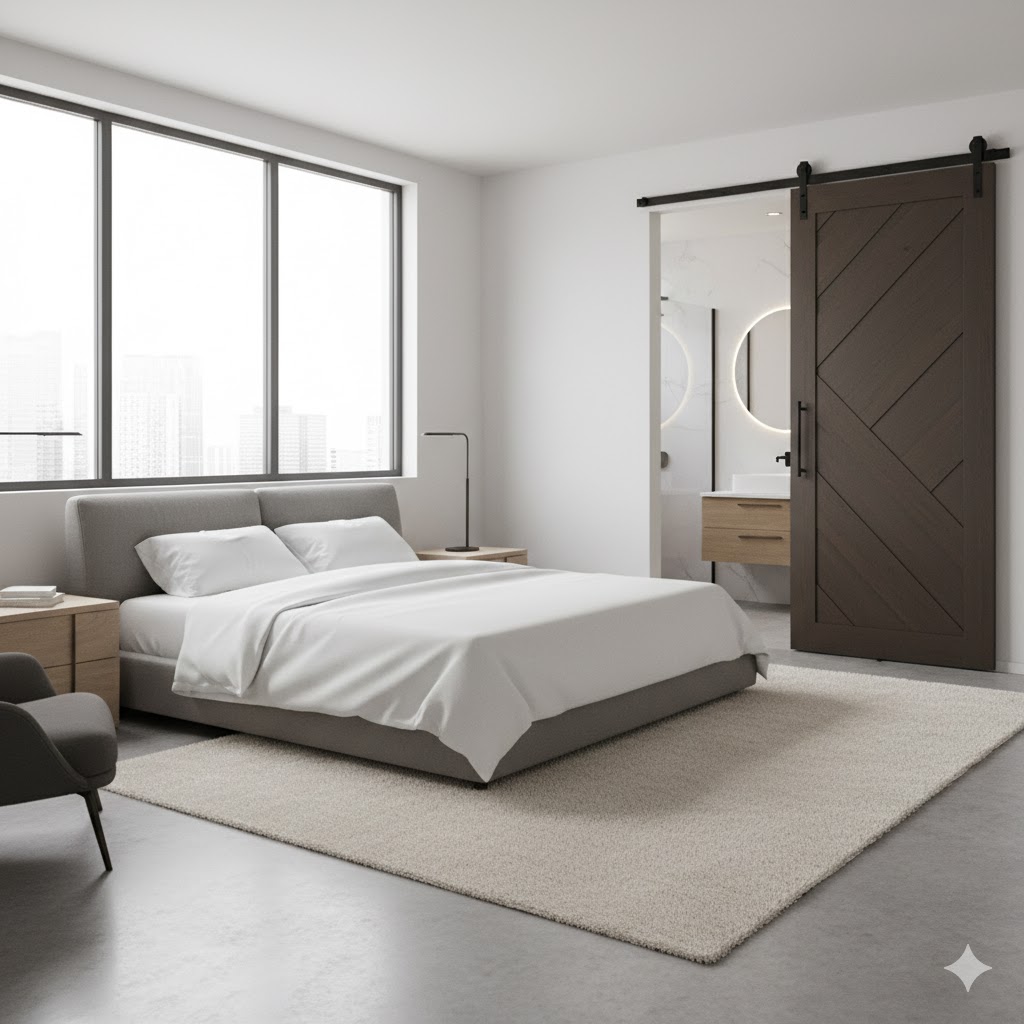
Traditional doors swing open into the room, eating up precious space. If possible, install sliding or pocket doors to free up floor area.
Sliding barn doors add rustic charm, while modern glass doors can let light flow between spaces, making the whole area feel airier.
11. Use Curtains Strategically
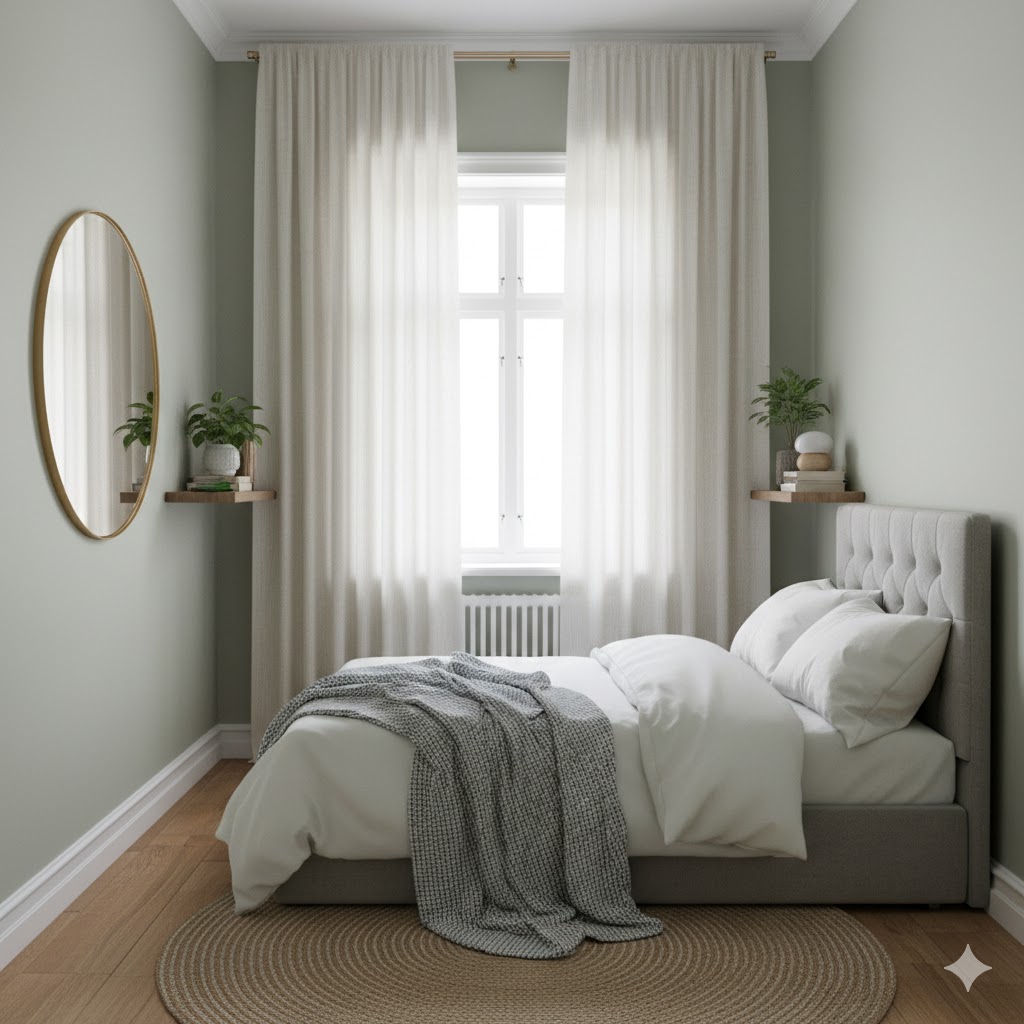
Curtains can dramatically affect how spacious a room feels. Hang them higher and wider than the window to make the ceilings seem taller and the windows bigger.
Choose light fabrics like linen or voile to maintain softness and natural light. Avoid heavy drapes that make the space feel closed off.
12. Add Personality With Art and Decor

Just because your room is small doesn’t mean it has to be plain. Use artwork, plants, and personal touches to express your style.
Go for a few carefully chosen pieces rather than cluttering every surface. A gallery wall of small prints or framed photos above the bed can add personality without taking up space.
13. Keep It Simple and Serene
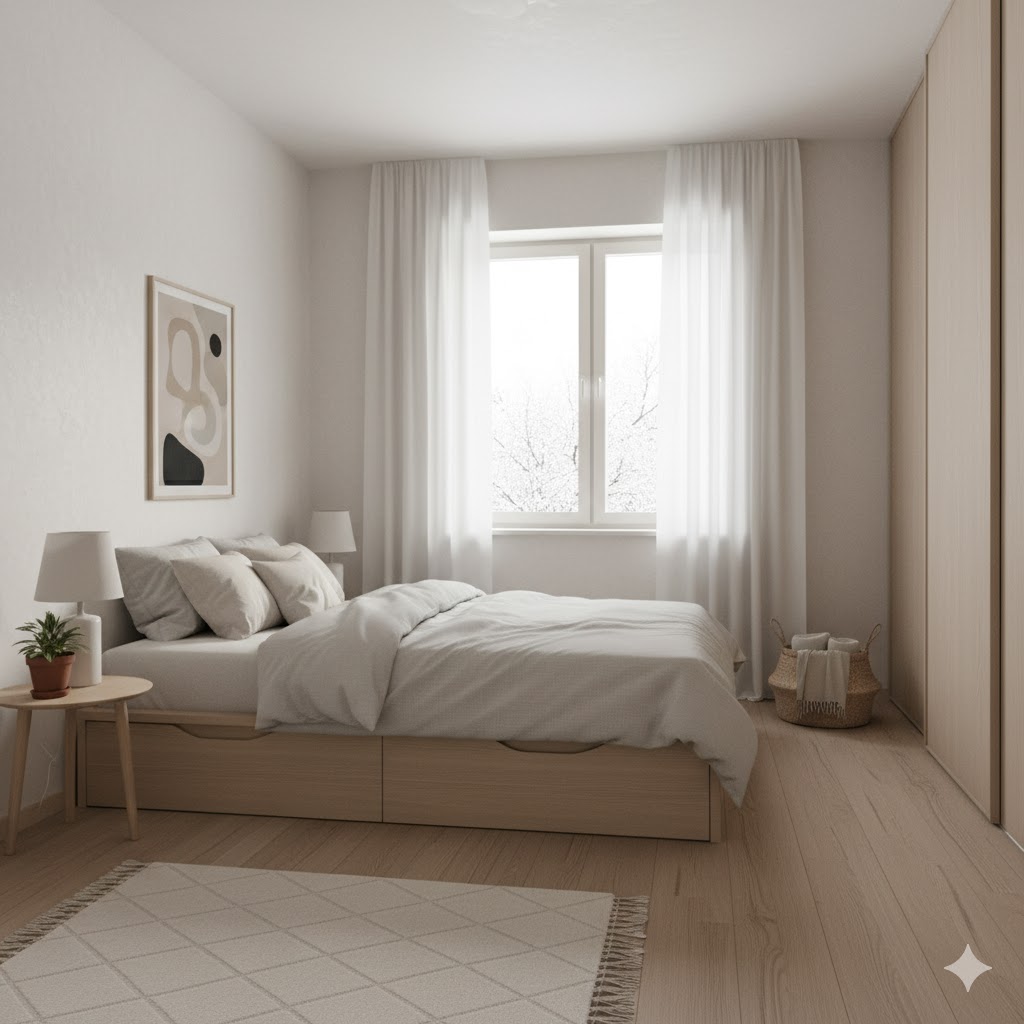
At the end of the day, your bedroom should be your sanctuary. Simplicity is your best friend in small spaces.
Limit your color palette, embrace negative space, and keep furniture minimal. A serene setup helps you feel relaxed and makes your room feel larger than it is.
Conclusion
Small bedrooms might seem limiting at first glance, but they’re actually a canvas for creativity. With smart design, careful furniture choices, and the right color palette, you can turn a tiny room into a restful haven full of warmth and personality.
Remember — it’s not about how much space you have, but how you use it. Keep it light, intentional, and uniquely you, and your small bedroom will feel like a big cozy escape.